PUBLISHED
June 01, 2025
KARACHI:
On May 25, 2025, Pakistan’s Finance Ministry threw open the gates to a digital frontier, allocating 2,000 megawatts (MW) of electricity — enough to power 1.5 million homes — to Bitcoin mining and AI data centers. Championed by the Pakistan Crypto Council (PCC), this plan seeks to harness surplus power, lure foreign investors, and create tech jobs, riding the wave of Pakistan’s 40 million crypto users and its ninth-place ranking in Chainalysis’ 2024 Crypto Adoption Index. But in a nation where load-shedding once left families cooking by candlelight, diverting power to crypto farms while rural grids flicker ignites a fierce debate: is this a bold stride into the digital age or a reckless move that leaves Pakistan’s people in the dark? Let’s unpack crypto mining, its mechanics, and whether Pakistan can balance tech ambition with human needs.
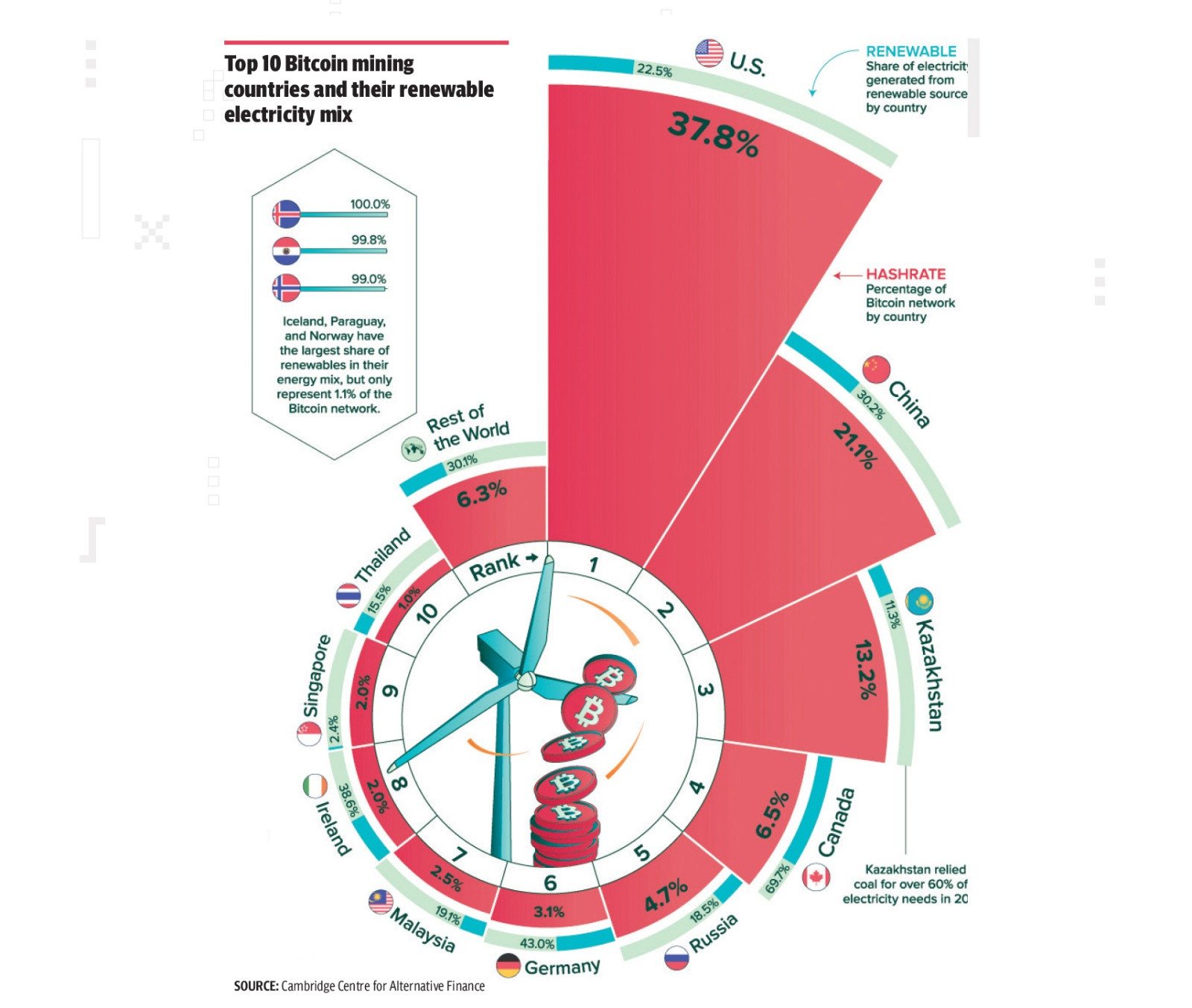
Digital gold with a steep power bill
Crypto mining fuels currencies like Bitcoin, but its hunger for electricity puts Pakistan at a pivotal juncture. Picture a global ledger, open to all, recording every Bitcoin transaction — Ali paying Zara 0.1 BTC — without a bank’s oversight. Miners deploy high-powered computers to solve cryptographic puzzles, ensuring no one double-spends their coins. In Bitcoin’s Proof of Work system, the first to crack the puzzle earns 3.125 Bitcoins per block, worth $340,000 at May 2025’s $109,000 per BTC. The rub? Mining rigs are energy hogs, with global operations burning 160 terawatt-hours annually, per the Cambridge Bitcoin Electricity Consumption Index, matching Poland’s power usage. In Pakistan, 2,000 MW could run thousands of rigs, each guzzling as much juice as three air conditioners.
With 40 million crypto users, Pakistan’s poised to turn digital coins into real wealth, potentially netting $1 billion a year. Yet, with 25% of rural households lacking reliable power, per the Pakistan Economic Survey 2023–24, prioritising miners risks public backlash. But can crypto trump basic needs? Pakistan must weigh whether digital riches justify the social and environmental costs, or if this bet will widen existing divides.
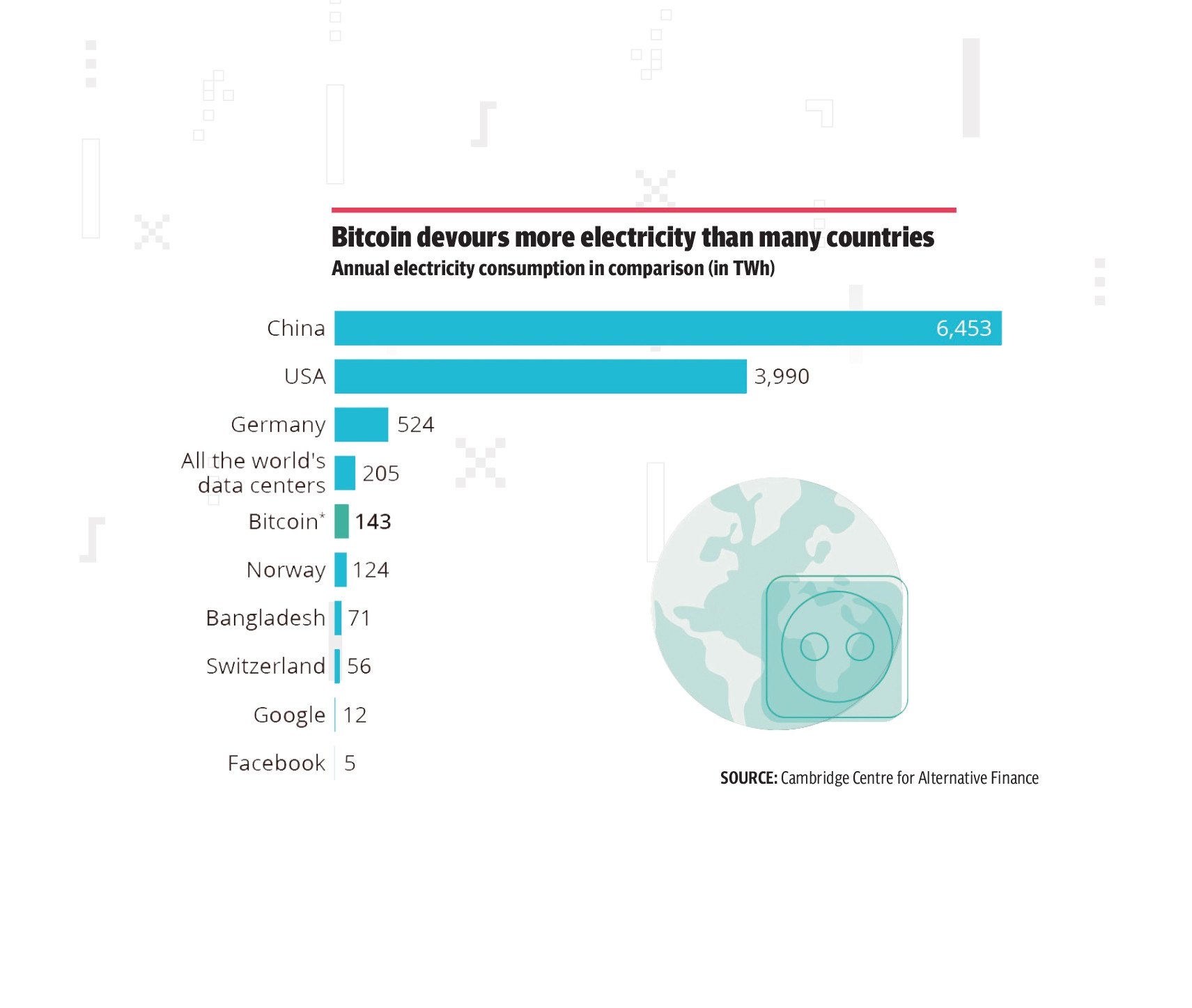
How crypto mining works
Mining’s mechanics reveal why it’s a tech marvel and a power drain; a duality Pakistan must navigate. Miners collect pending transactions, bundle them into a block, and run them through the SHA-256 algorithm, guessing a random “nonce” to produce a hash with specific leading zeros. It’s like scouring a K2-sised haystack, requiring billions of calculations per second. The winner adds their block to the blockchain, pockets the reward, and the race resets every 10 minutes, with difficulty adjusting biweekly. A single Bitmain Antminer S19 Pro uses 3,250 watts; a farm of thousands could devour Pakistan’s 2,000 MW allocation.
Bitcoin mining relies on energy-intensive processes to secure its trust less network, but in Pakistan, it’s already drawing backlash. The perception that miners receive uninterrupted, subsidised electricity while rural areas endure four-hour outages fuels resentment. While the government’s phase two renewable energy plan offers some hope, the coal-heavy phase one — with inefficient plants like Sahiwal operating at just 60% — threatens to lock in pollution. Without a decisive shift toward clean energy, this digital leap risks deepening inequality and environmental harm.
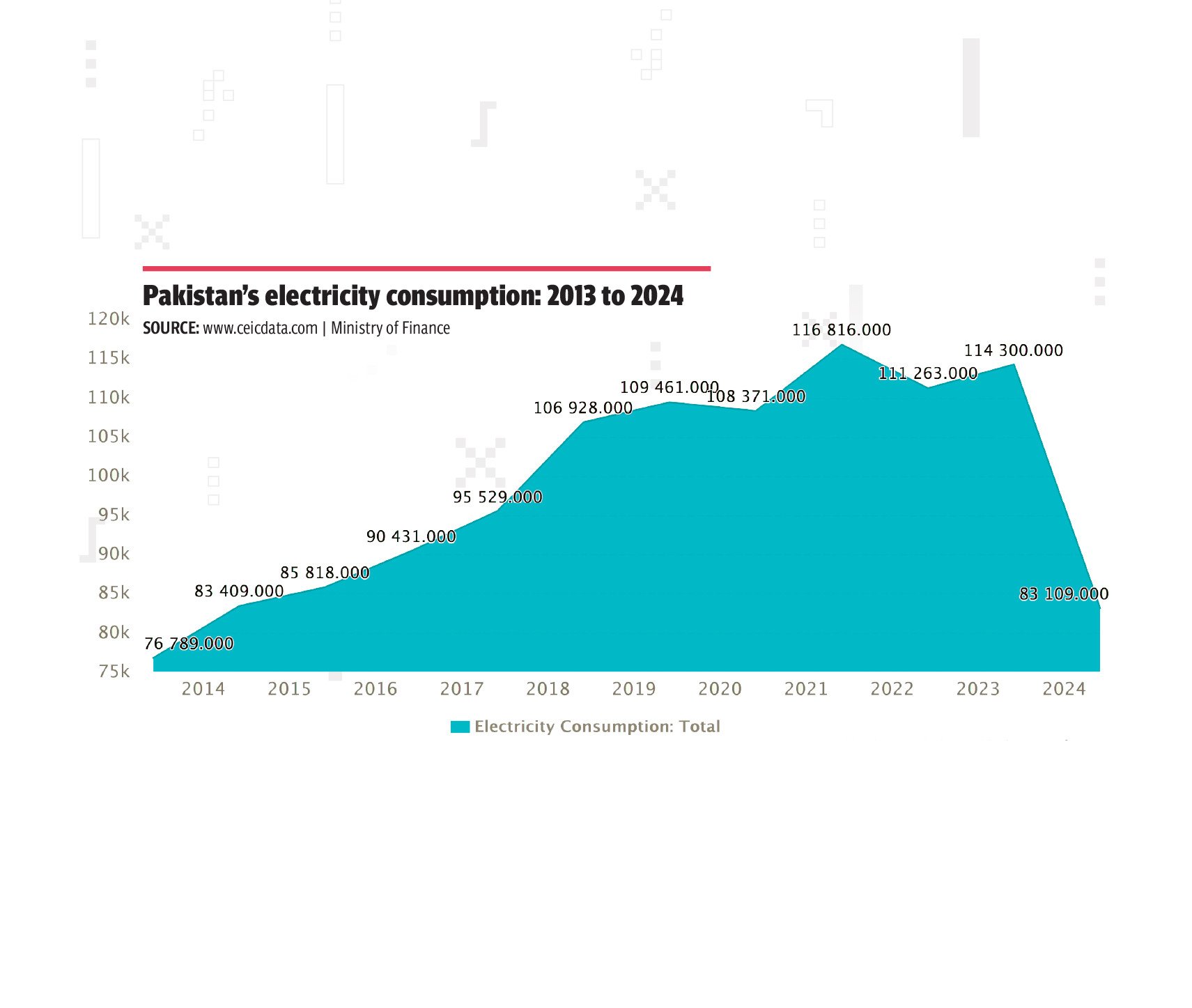
Surplus power, persistent struggles
Pakistan’s energy sector is a riddle wrapped in a crisis, making the crypto bet a high-stakes gamble. The country generates up to 10,000 MW of surplus power in winter, driven by coal plants like the 1,320 MW Sahiwal and Port Qasim facilities, locked into take-or-pay contracts costing $1.2 billion annually for unused capacity, per the Pakistan Economic Survey 2023–24. High tariffs — 35 PKR/kWh (12 cents) — have driven 113,000 households to solar and net-metering, per NEPRA, slashing grid demand by 1,500 MW. The PCC sees this surplus as a goldmine: 2,000 MW for mining and AI could yield $1 billion yearly at 10 cents/kWh, draw $2–3 billion in FDI (based on Kazakhstan’s 2021 peak), and leverage the Africa-2 cable’s 180 terabits/second to position Pakistan as a data hub. Tax breaks and the PDAA add allure.
Coal’s continued dominance adding an estimated 4–5 million tons of CO2 annually intensifies Pakistan’s already dire air quality crisis. In winter 2024, Lahore’s Air Quality Index soared to 180, underscoring the environmental costs of fossil fuel dependence. Public frustration is mounting, with critiques emerging across media platforms and urging the government to commit to a 2030 renewable energy target. The irony is hard to ignore: while Pakistan sits on a massive 104,000 MW hydropower potential, only about 10% of it is currently harnessed, according to WAPDA. Redirecting energy toward crypto mining while millions still face rolling blackouts risks undermining public trust. The broader question is one of priorities; should limited energy resources be used to power digital assets or to close Pakistan’s widening electricity access gap? For the energy transition to be credible and inclusive, surplus generation must be channelled toward long-term development goals, not just short-term profit.
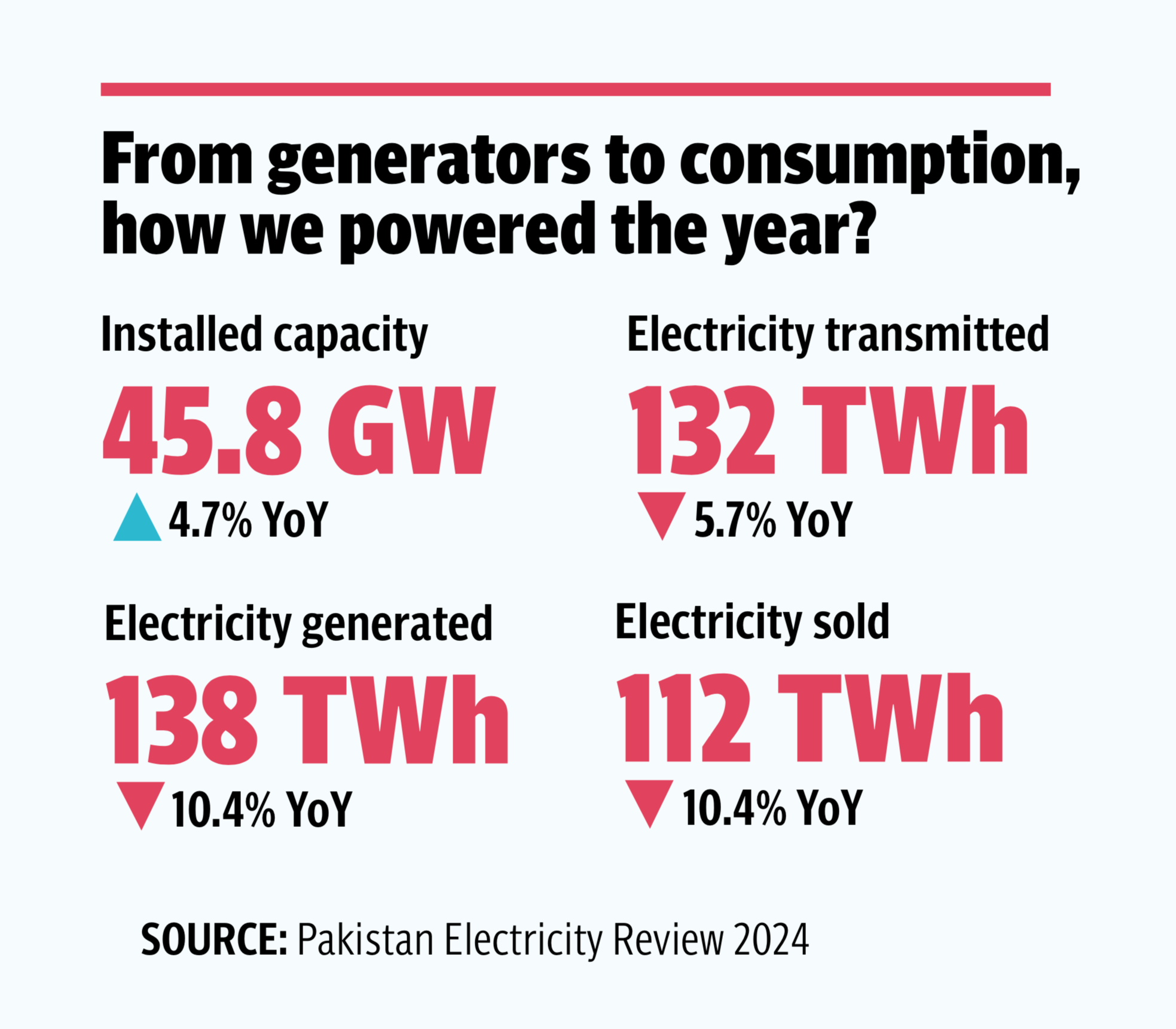
Deepening inequality?
Pakistan’s energy shortfalls, especially in rural areas, make the government’s 2,000 MW allocation for crypto mining hard to justify. In 2023, rural communities endured daily outages stretching up to 12 hours, and in provinces like Balochistan, where only 40% of households are even connected to the grid, the frustration runs deep. The optics of uninterrupted electricity for crypto farms while millions struggle with basic access are politically and socially fraught. A parallel can be drawn with Nigeria’s 2021 crypto surge, where miners’ use of private generators drove up fuel prices and stoked public anger. The same resentment is brewing here. According to NEPRA’s 2024 report, rural electricity demand is growing at 3% annually — and the 2,000 MW earmarked for mining could power 1.5 million homes instead. Criticism is gaining traction in public discourse, where voices from underserved regions argue that national priorities seem misaligned. The message is clear: people need reliable lighting, not digital ledgers.
Yet, Pakistan’s 10,000 MW surplus, unlike Nigeria’s 7,000 MW deficit, offers breathing room. Net-metering’s 1,500 MW relief could free power for mining without cuts, potentially funding grid upgrades. The hurdle is perception: if miners seem to hog power, resentment could erupt. Pakistan must prioritise rural electrification — perhaps via solar microgrids serving 500,000 homes by 2030 — to prove it values people over pixels.

Global playbook: blueprints and blunders
The world’s crypto experiments offer Pakistan a roadmap and a minefield. El Salvador’s geothermal Bitcoin mining, launched in 2021, has minted 2,000 Bitcoins ($218 million) by 2025, strengthening reserves without grid strain. Iceland powers 8% of global Bitcoin mining with geothermal and hydro at 2–4 cents/kWh, attracting firms like Bitfury. Bhutan, a lesser-known player, mines Bitcoin with 3,000 MW of hydropower, exporting $100 million in crypto revenue in 2024, per Reuters, without disrupting its 750,000 citizens. Kazakhstan’s 2021 $1.5 billion mining boom crashed amid 7,000 MW shortages, and Iran’s 2020 2,000 MW mining push triggered blackouts, costing $500 million, per Bloomberg.
These examples drive home a tough but important lesson: crypto mining can’t be divorced from a country’s energy and governance realities. Nations like El Salvador, Iceland, and Bhutan succeeded because they aligned mining with abundant renewable resources — geothermal, hydro, and solar. Meanwhile, Kazakhstan and Iran went all-in on fossil fuels and paid the price: blackouts, public backlash, and wasted investment. Pakistan appears to be edging toward the latter path, given its coal-heavy energy mix. If it doesn’t pivot soon, it could face the same fallout as Iran. But there’s a way out — Pakistan has massive untapped renewable potential: an estimated 50,000 MW in wind and over 100,000 MW in hydro. Tapping into that, alongside enforcing clear, future-proof regulations through the proposed PDAA framework, could help Pakistan avoid the pitfalls that dragged Kazakhstan into regulatory chaos. The bottom line? The energy source you choose — and how you govern it — will either power a digital leap or spark a crisis.
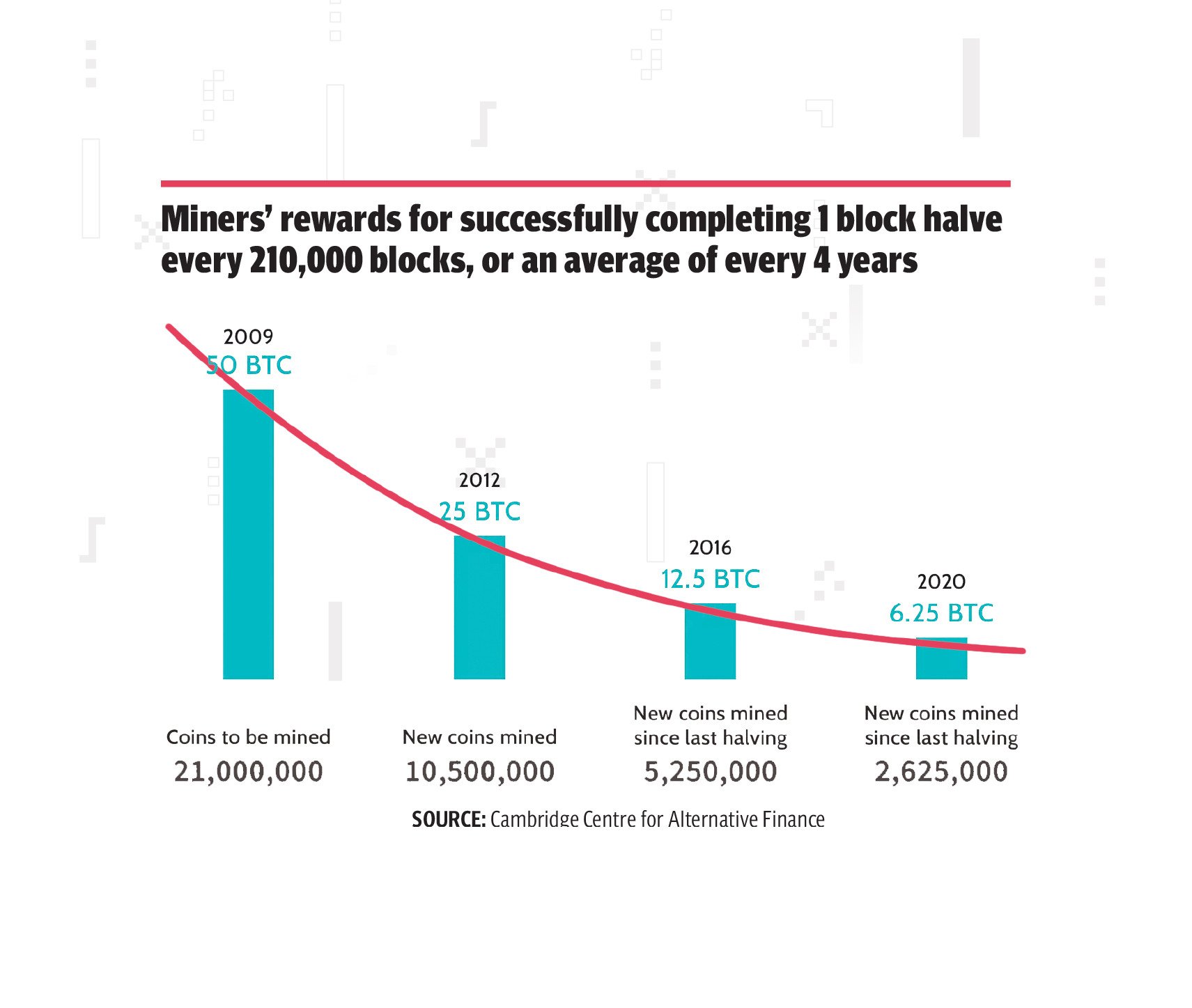
The payoff: tech revolution on the horizon
Pakistan’s crypto bet could reshape its economy, but it demands surgical precision. Cheap power (4–6 cents/kWh vs. India’s 15 cents) positions Pakistan to lure $2–3 billion in FDI, with a multiplier effect creating 10,000 jobs per $1 billion invested, per a 2024 ADB study. The PCC’s promise of IT and engineering jobs targets 8.5% youth unemployment, with 60% of Pakistanis under 30. The PDAA’s asset tokenisation, digitising farmland or SMEs could bank 100 million unbanked, mirroring India’s 8% IT growth via tech training. The Africa-2 cable, linking 33 countries, gives Pakistan an edge over Singapore’s land constraints which holds the potential that Pakistan could be crypto’s Dubai.
Still, there’s a real danger that this so-called digital revolution could leave millions behind. According to a 2024 World Bank report, only 20% of rural Pakistan currently has access to high-speed internet, and nearly 70% of rural youth lack the digital skills needed to participate in emerging tech sectors. Without serious intervention, the benefits of blockchain and Web3 are likely to be captured by urban elites, deepening the existing digital and economic divide. Initiatives like proposed blockchain training centers in Punjab and Sindh — which aim to equip 100,000 youth with relevant skills by 2030 — could be a crucial equaliser. But if these programs stall or fail to scale, rural communities will once again be locked out of the future. It’s not just about infrastructure — it’s about inclusion. A digital economy that doesn’t invest in its most disconnected populations risks becoming a lopsided success story: shiny on the surface, but hollow at its core.
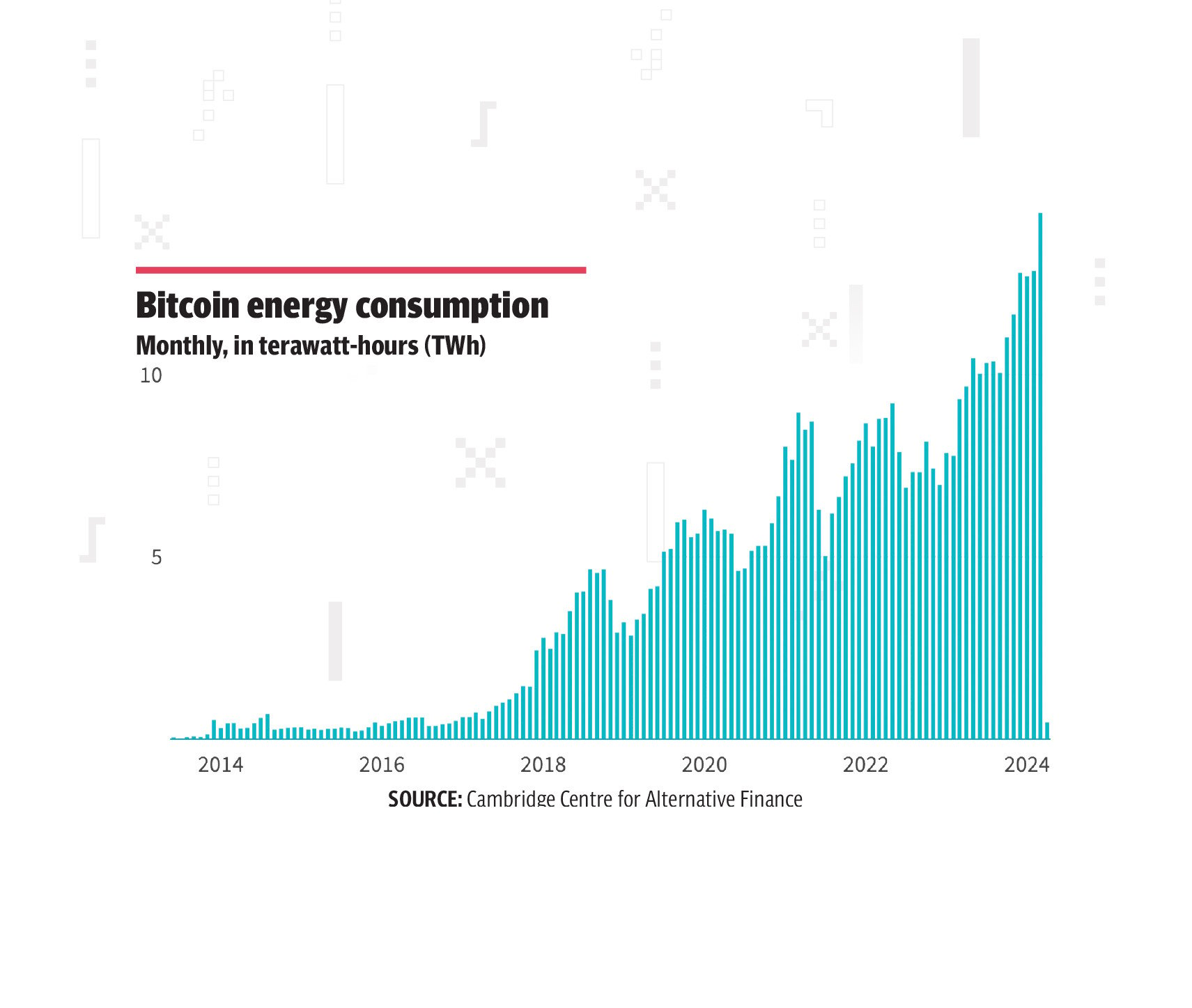
The perils: a nation at risk of division
However, several risks could undermine this vision. For one, coal-powered crypto mining could add an estimated 4–5 million tons of CO₂ emissions annually — on top of Pakistan’s already staggering 90 million tons in 2023 — further exacerbating the country’s severe air pollution crisis. According to a 2024 WHO estimate, smog-related illnesses contribute to nearly 10,000 premature deaths each year. Civil society voices have already begun raising concerns. But there have been voices which are critical and asking if we are choking for Bitcoin? This exactly is a reflection of growing public unease. Meanwhile, critics argue that favouring mining infrastructure over basic rural electrification is shortsighted, especially given that 70% of rural youth lack basic digital skills. History offers a warning: China’s 2021 crypto mining ban led to a $10 billion investment loss, while Iran lost $500 million. With only 20% of rural Pakistan connected to the internet, the digital divide could widen into a full-blown development gap, leaving millions further behind.
This is Pakistan’s high-wire act: innovation versus fairness. If mining enriches Karachi while Balochistan stays dark, it’s a recipe for unrest. The government must weave rural communities into this digital tapestry, or the threads will unravel.
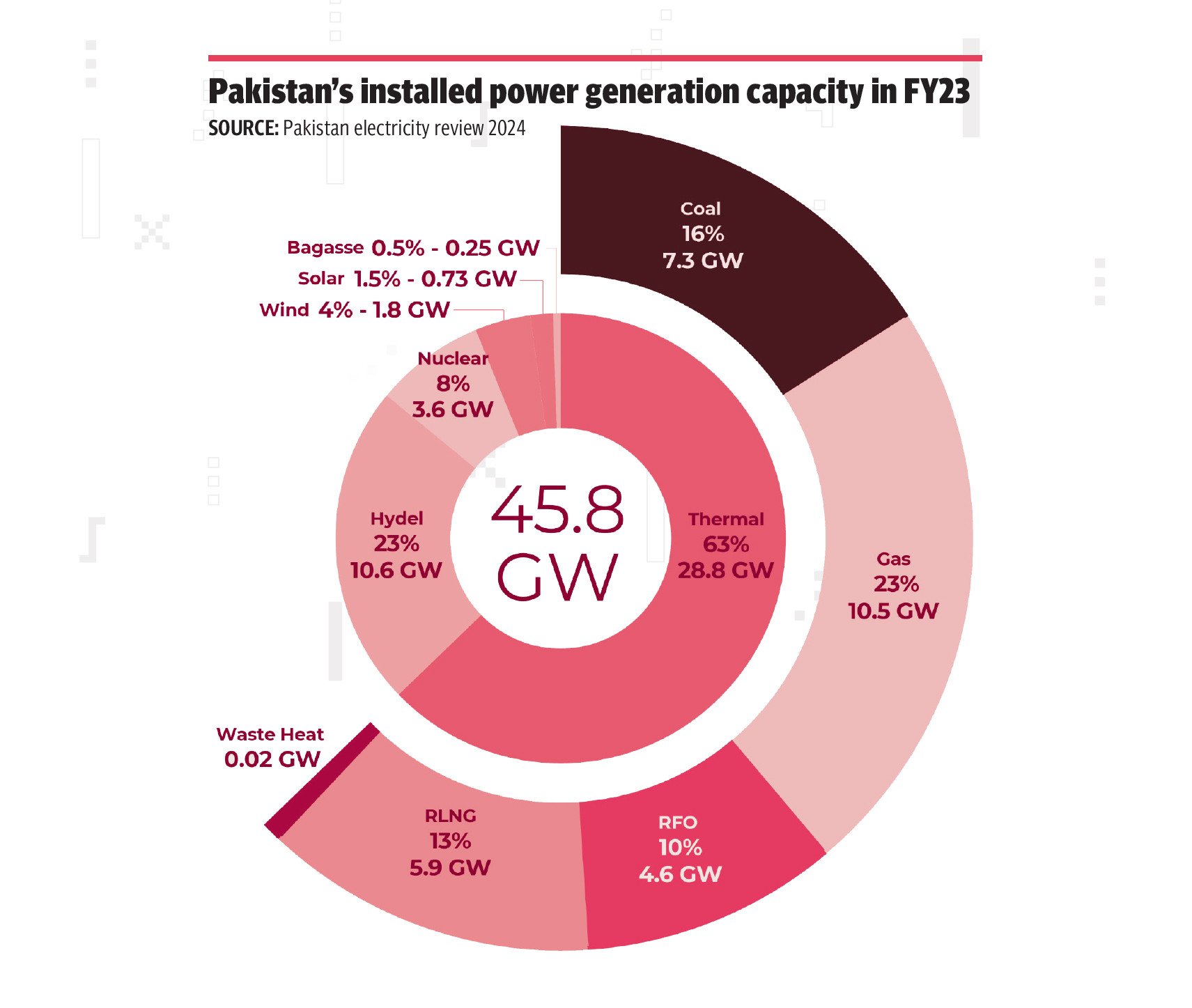
Seizing the moment, dodging the traps
Pakistan’s crypto bet could catapult it into the digital age, but the pitfalls are steep. Training 100,000 youth in blockchain and AI by 2030 could turn Pakistan’s 60% under-30 population into a tech powerhouse. Sindh’s 50,000 MW wind, 1,000 MW solar, and 104,000 MW hydro potential could make Pakistan a green mining leader, drawing ESG investors wary of coal’s fallout. The Africa-2 cable positions Pakistan to outshine Singapore, but execution is everything. But access and connectivity are also important; the demand to have access to 5G technology in rural areas to close the 80% connectivity gap is also legitimate. Policies like solar microgrids for 500,000 homes and tax-funded tech academies to mirror India’s IT boom.
The structural pitfalls of this strategy are increasingly hard to ignore. Lack of transparency in resource allocation has already raised alarm, with energy policy critics questioning how decisions are made and who stands to benefit. But regarding who picks the winners highlights the public’s growing scepticism about elite capture and favouritism in energy investments. Delaying a transition to renewables beyond 2030 doesn’t just risk environmental fallout; it could expose Pakistan to future trade sanctions and global isolation as climate accountability becomes stricter. Continued coal reliance is already exacting a human toll.
Moreover, sidelining rural regions from the digital economy risks cementing a digital caste system, where unequal access to infrastructure reinforces long-standing economic divides. To truly future-proof its development, Pakistan must commit to public audits of energy investments, set a firm green energy deadline for 2030, and prioritise expanding 5G coverage to at least 50% of rural areas by 2028. Without these structural reforms, the current vision may end up being more of a gamble than a strategy — one that places the country’s environmental, economic, and social future at considerable risk.

Power for all, not just the blockchain
Pakistan’s 2,000 MW crypto venture could mint wealth, spark jobs, and plant the nation on the global tech map. But in a country where power cuts once defined life, every megawatt diverted to miners must answer to the people. By racing to renewables, training rural youth, and embracing transparency, Pakistan can make this a national triumph, not an urban elite’s windfall. The stakes are sky-high, and the world’s watching: will Pakistan light up its future or leave its people in the shadows?
Ali Asad Sabir is working as project manager at Mahbub ul Haq research centre at Lahore University of Management Sciences (LUMS)
All facts and information are the sole responsibility of the author

